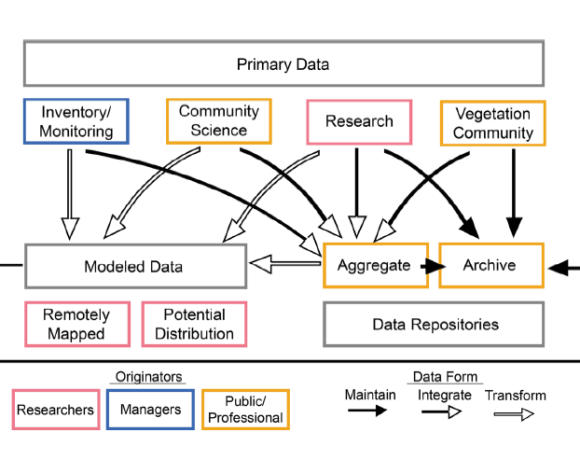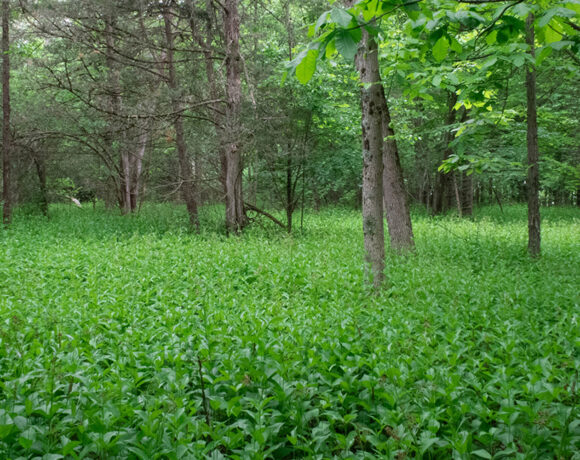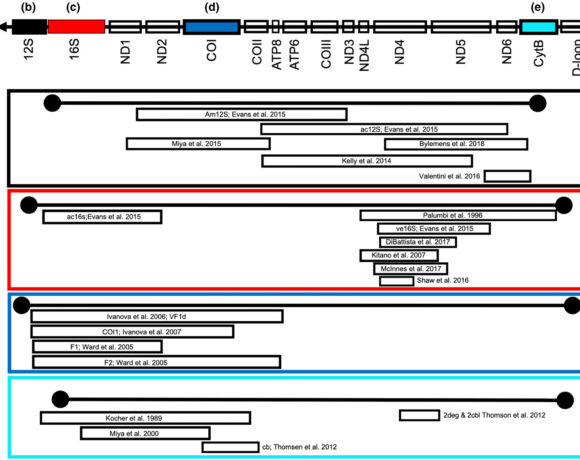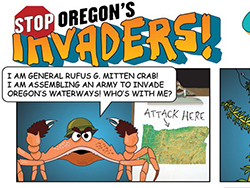Who’s in the driver seat? Reducing stressors not invaders may advance restoration
Collings, J., Endriss, S.B. and Dávalos, A., 2023. Multiple stressors prevent gains in native plant diversity following invasive species removal. Ecosphere, 14(3), p.e4458. https://doi.org/10.1002/ecs2.4458
Summary written by Justin Dalaba, edited by Carrie Brown-Lima
Summary
Invasive species management decisions are often based on the assumption that reducing an invader’s abundance will decrease negative impacts. New research by Collings et al. challenges this rhetoric. This study contributes to a growing body of literature that questions our assumptions about invasive plants as the primary drivers of ecological degradation. Taking into consideration the reality of local management priorities and site limitations, they prioritized quantifying the impact of invasive swallow-wort (Vincetoxicum rossicum) and its removal, and whether these impacts are mediated by earthworms or exclusion of white-tailed deer. Over three years of removal, they monitored fenced and open plots across three New York State Park forested sites similar in canopy, slope, and land use history, with nearby unmanaged plots for comparison. Of the vascular plant species identified, 55 were native to New York State with 8 classified as invasive. Earthworms identified included megascolecid earthworms (Amynthas and Metaphire spp.) and 3 species native to Europe. While V. rossicum declined significantly with experimental removals, most plant species showed site-specific trends in response to invasion and fencing. Native plant diversity and cover increased in unmanaged plots, but decreased with earthworm presence. Management significantly reduced invasive plant species in both open and fenced plots, however V. rossicum cover was lower for unmanaged, fenced plots that excluded deer.
These findings emphasize the need for more comprehensive and adaptive management plans that investigate multiple stressors as potential drivers of change in invaded habitats. Overall, restoration success (e.g. increasing native plant diversity) may be limited by complex interactions among different stressors (e.g. deer, earthworms, land use history), and future management strategies should be coupled with monitoring of individual and combined stressor effects to ensure successful outcomes. Monitoring at these study sites is ongoing with maintenance for sentinel plantings and earthworm surveys.
Key take-aways:
- Decreasing abundance of a target invasive (e.g. V. rossicum) does not always lead to recovery of native plant communities, and in some cases may impede native plant diversity
- Native plant diversity fared better where V. rossicum was left unmanaged
- When deer were excluded, invasive swallow-wort declined in abundance
- The relationship between an invader’s abundance and its impacts is highly context dependent and difficult to predict
Management Implications:
- Invasive plant management that aims to decrease abundance of a target species may actually impede restoration goals, such as native plant diversity
- Managing deer and reducing earthworm impacts may be more productive actions than invasive plant removal when restoring native ecosystems.
- Practitioners should consider using a sentinel approach or other easily comparable method across sites













